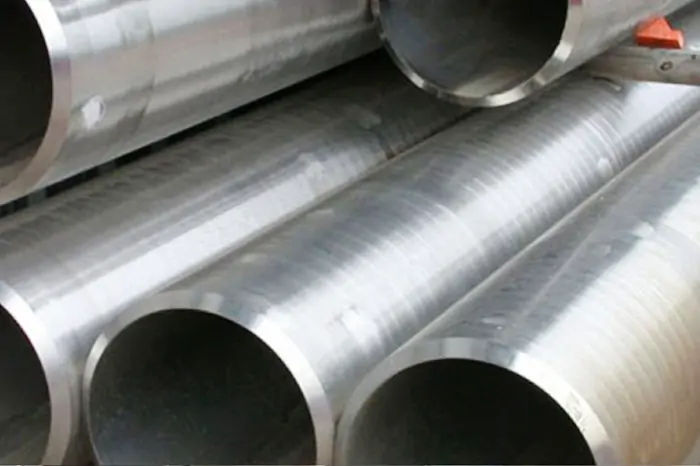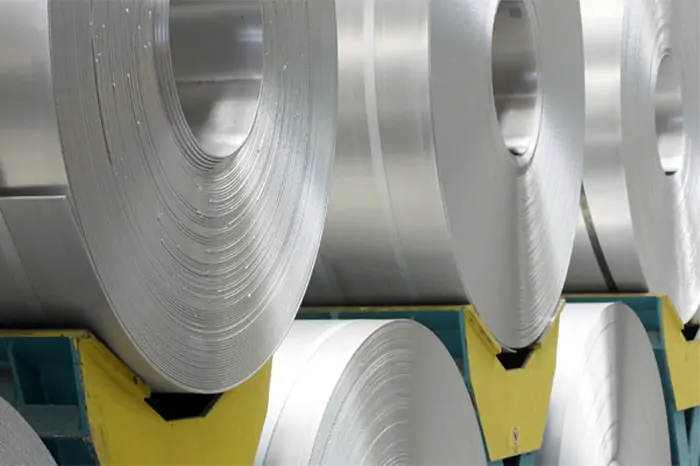Hastelloy is a trademarked name representing a family of corrosion-resistant alloys primarily composed of nickel, molybdenum, and chromium. These elements work in synergy to impart Hastelloy with its unique and robust properties, making it an ideal choice for challenging environments where other materials may falter or fail. The strategic combination of these elements allows Hastelloy alloys to maintain their integrity under severe conditions, ensuring the longevity and reliability of industrial components.
There are several types of Hastelloy alloys available, each meticulously engineered for specific applications and environments. These superalloys are designed to address the unique challenges posed by different industrial sectors. Among the most common types are Hastelloy C-276, Hastelloy C-22, and Hastelloy B-3.
- Hastelloy C-276: Known for its remarkable versatility, this alloy offers superior resistance to a broad spectrum of corrosive environments. It is widely employed in chemical processing, pollution control, and waste treatment, where resistance to aggressive chemicals and high temperatures is crucial. Its ability to withstand both oxidizing and reducing conditions makes it a go-to material for many critical applications.
- Hastelloy C-22: This alloy is specifically designed to provide enhanced resistance to pitting and crevice corrosion, making it ideal for applications that involve aggressive chemicals and high temperatures. Its robust nature allows it to maintain its integrity in harsh environments, ensuring the reliability and safety of industrial operations.
- Hastelloy B-3: Renowned for its excellent resistance to hydrochloric and sulfuric acids, Hastelloy B-3 is commonly used in the chemical processing industry. Its ability to withstand harsh acidic conditions without degrading makes it an invaluable material for equipment and components exposed to such environments.
Each type of Hastelloy alloy is available in different grades, which are variations that offer specific benefits tailored to meet the diverse demands of industrial applications. These grades are meticulously developed to provide enhanced performance characteristics such as increased resistance to particular corrosive agents or improved mechanical properties. Understanding these grades and their specific advantages is essential for selecting the right alloy for any given application.
Hastelloy alloys are prized for their numerous advantages, which make them a preferred choice in demanding industrial environments. Their unique properties provide a competitive edge in terms of performance, reliability, and cost-effectiveness.
One of the primary advantages of Hastelloy alloys is their exceptional resistance to corrosion. This resistance is crucial in industries where materials are exposed to harsh chemicals, acids, and other corrosive substances. Hastelloy alloys maintain their structural integrity in environments that would quickly degrade other materials, ensuring the longevity and reliability of industrial components. This resistance to corrosion also translates to reduced maintenance and replacement costs, offering economic benefits over the lifespan of the equipment.
Hastelloy alloys can withstand high temperatures without losing their strength, a property that is particularly beneficial in industries such as aerospace and power generation. In these sectors, components are often subjected to extreme heat, and maintaining structural integrity under such conditions is vital for operational safety and efficiency. Hastelloy alloys ensure that machinery and equipment continue to operate efficiently and safely, even in the most challenging high-temperature environments.
The versatility of Hastelloy alloys allows them to be used in a wide range of applications, from chemical processing plants to gas turbines. These alloys offer reliable performance in diverse settings, providing solutions to various industrial challenges. Their ability to resist both high temperatures and corrosive substances makes them indispensable in many industrial processes, where reliability and durability are of utmost importance.
Hastelloy alloys are known for their longevity and durability, with components made from these materials often having a longer service life than those made from other alloys. This durability translates to reduced maintenance costs and fewer replacements, providing significant economic benefits to industries that rely on them. The long-term performance and reliability of Hastelloy alloys make them a cost-effective choice for industries looking to optimize their operations.
Hastelloy alloys find applications across various industries, each benefiting from the alloys’ unique properties. Their ability to withstand extreme conditions makes them a valuable asset in numerous sectors.
In the chemical processing industry, Hastelloy alloys are used to manufacture reactors, heat exchangers, and piping systems. Their ability to resist corrosion from aggressive chemicals makes them ideal for this sector, where exposure to harsh substances is common. The reliability of Hastelloy alloys in these environments ensures the safety and efficiency of chemical processing operations.
The aerospace industry relies on Hastelloy alloys for their high-temperature strength and corrosion resistance. These alloys are used in the construction of jet engines, where components must withstand extreme heat and pressure. The performance of Hastelloy alloys in such demanding conditions is crucial for the safety and efficiency of aerospace operations.
In energy production, Hastelloy alloys are used in gas turbines and nuclear reactors. Their resistance to heat and corrosion ensures that power generation processes remain efficient and safe. The reliability of Hastelloy alloys in these applications contributes to the overall stability and performance of energy production facilities.
Hastelloy alloys are also used in pollution control equipment, such as scrubbers and filters. Their corrosion resistance helps reduce emissions and maintain the integrity of pollution control systems. The use of Hastelloy alloys in these applications supports environmental sustainability efforts by ensuring the effective operation of pollution control technologies.
Choosing the appropriate Hastelloy alloy for a specific application involves considering factors such as temperature, chemical exposure, and mechanical stress. Each type and grade of Hastelloy offers different benefits, so it is essential to match the alloy to the application’s requirements. A thorough understanding of the specific challenges posed by the environment is crucial for making an informed decision.
When selecting a Hastelloy alloy, it is advisable to consult with materials experts or suppliers. They can provide valuable insights into the best alloy for your needs, ensuring optimal performance and longevity. Their expertise can help navigate the complexities of choosing the right material, ultimately contributing to the success of industrial operations.
Hastelloy alloys are a vital component in many industrial applications due to their exceptional corrosion resistance, high-temperature strength, and versatility. By understanding the different types and grades of Hastelloy alloys, industries can make informed decisions about their materials, ensuring the success and efficiency of their operations. Whether used in chemical processing, aerospace, or energy production, Hastelloy alloys offer unmatched performance and reliability, making them an invaluable asset in modern industrial applications.






